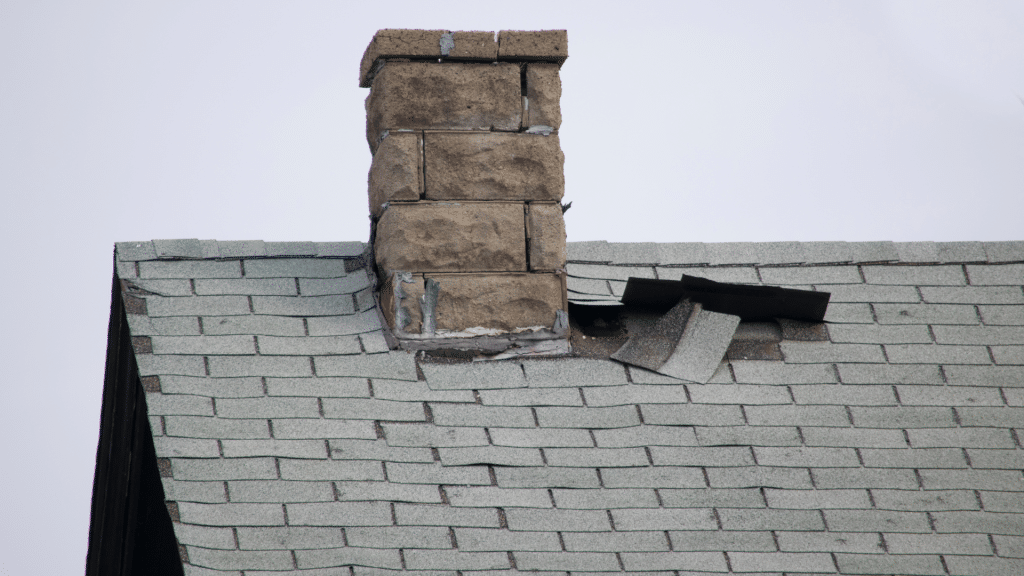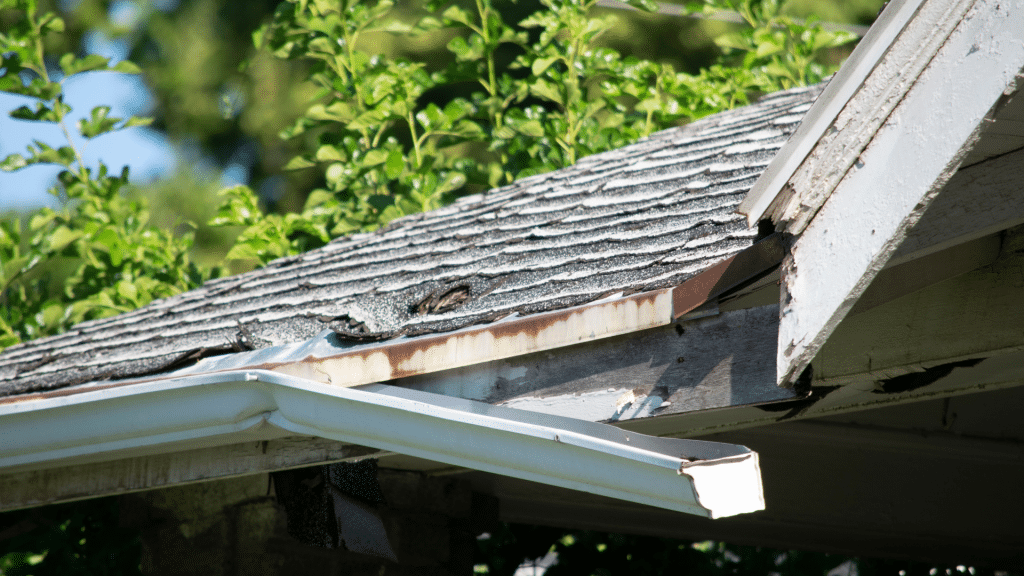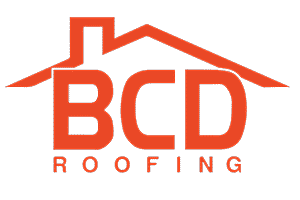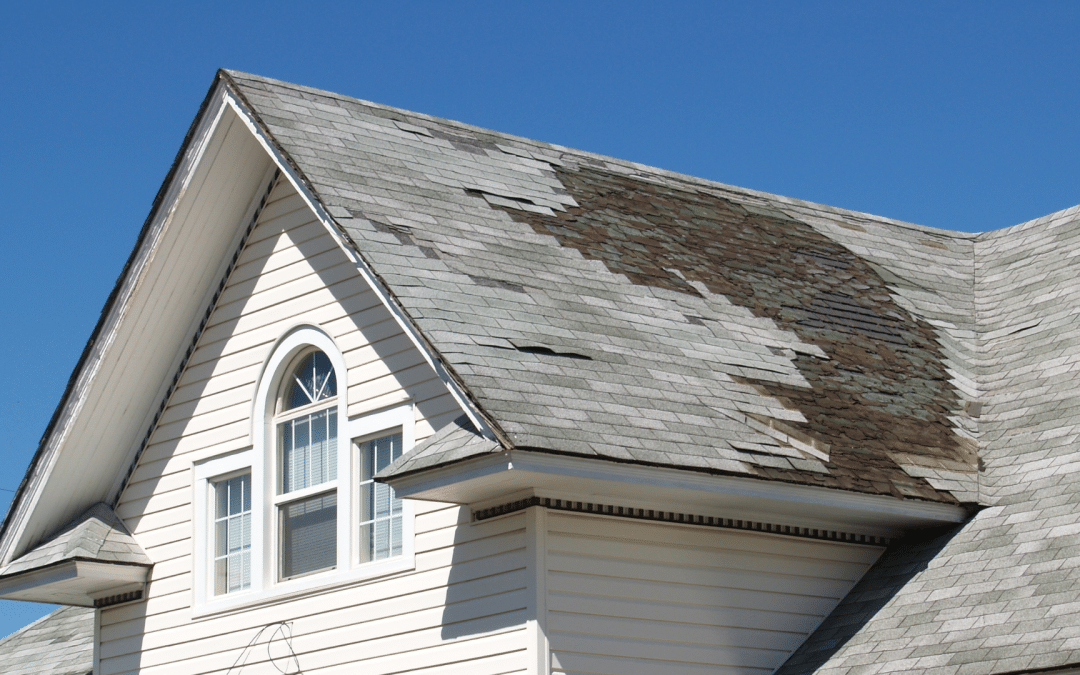As a homeowner, one of the most important aspects of maintaining your property is ensuring the health and integrity of your roof. Your roof is your first line of defense against the elements, and any damage or deterioration can lead to costly repairs and potential damage to the interior of your home.
In this article, we will discuss the importance of identifying roof damage early, the common causes of roof damage, and how to spot signs of damage before it’s too late.
We will also provide tips on conducting a roof inspection and offer preventive maintenance tips to keep your roof in optimal condition.
Additionally, we will introduce BCD Roofing, a reputable roofing company that specializes in roof repair and maintenance, and explain how they can assist you in addressing any complex roof issues.
Understanding Roof Damage
Before we delve into the signs of roof damage, it’s crucial to understand the common causes of roof damage. While roofs are designed to withstand various weather conditions, they are not invincible. Over time, exposure to the elements can take a toll on your roof, leading to wear and tear. Some common causes of roof damage include:
- Weather conditions: Extreme weather events such as heavy rain, hailstorms, high winds, and snow can cause significant damage to your roof. The constant exposure to these elements can weaken the roofing materials and compromise the structural integrity of your roof.
- Age: Like any other component of your home, roofs have a lifespan. As your roof ages, it becomes more susceptible to damage. The materials deteriorate, shingles may become loose or cracked, and the overall integrity of the roof diminishes.
- Lack of maintenance: Regular maintenance is essential to keep your roof in good condition. Failure to conduct routine inspections, clean gutters, and address minor issues can lead to more significant problems down the line.

Signs of Roof Damage
Now that we understand the causes of roof damage, let’s explore the signs that indicate your roof may be compromised. It’s important to note that some signs may be visible from the interior of your home, while others require a closer inspection of the exterior and attic.
A. Interior Signs
- Water stains on ceilings or walls: One of the most obvious signs of roof damage is water stains on your ceilings or walls. These stains may appear as discolored patches or even bubbling paint. If you notice any water stains, it’s crucial to investigate the source promptly.
- Peeling paint or wallpaper: Moisture from a damaged roof can cause paint or wallpaper to peel or bubble. If you notice these signs, it may indicate a leak in your roof that needs immediate attention.
- Musty odor or mold growth: A musty odor or the presence of mold in your home can be a strong indication of roof damage. Moisture from a leaky roof creates the perfect environment for mold growth, which can pose health risks to you and your family.
B. Exterior Signs
- Missing, cracked, or curling shingles: Inspect your roof from the ground and look for any missing, cracked, or curling shingles. These are signs of wear and tear and can leave your roof vulnerable to further damage.
- Damaged or deteriorated flashing: Flashing is the material that seals the joints and edges of your roof, preventing water from seeping in. Check for any damaged or deteriorated flashing, as it can compromise the waterproofing of your roof.
- Visible signs of sagging or uneven roof: If you notice any areas of your roof that appear to be sagging or uneven, it may indicate structural damage. This can be a serious issue that requires immediate attention from a professional.
C. Attic Inspection
- Leaks or water damage: Take a flashlight and inspect your attic for any signs of leaks or water damage. Look for wet spots, discoloration, or mold growth on the walls, ceiling, or insulation.
- Sunlight coming through the roof: If you notice any beams of sunlight coming through your roof, it’s a clear indication of roof damage. This means there are openings or gaps that need to be addressed promptly.
- Insulation issues: Check the condition of your insulation. If it appears wet, compressed, or damaged, it may be due to a leaky roof. Proper insulation is crucial for energy efficiency and maintaining a comfortable indoor environment.
Conducting a Roof Inspection
Regular roof inspections are essential for identifying and addressing any potential issues before they escalate. You can choose to conduct a DIY inspection or hire a professional roofing inspector for a more thorough assessment.
DIY Inspection
If you decide to perform a DIY inspection, it’s important to prioritize safety and have the necessary tools on hand. Here is a step-by-step process for inspecting your roof:
- Safety precautions: Use a sturdy ladder and ensure it is securely placed on a level surface. Wear appropriate safety gear, such as non-slip shoes and a harness if necessary. Avoid inspecting the roof during inclement weather or when it’s wet.
- Tools required for inspection: Gather the following tools for your inspection:
- Binoculars: To get a closer look at the roof from the ground.
- Flashlight: To inspect the attic and look for any signs of damage or leaks.
- Tape measure: To measure any damaged areas or shingles.
- Screwdriver: To check the condition of the flashing and other roofing components.
- Step-by-step process for inspecting the roof:
- Start by visually inspecting the roof from the ground. Look for any obvious signs of damage, such as missing or damaged shingles.
- Use binoculars to get a closer look at the roof. Pay attention to the condition of the shingles, flashing, and any other roofing components.
- Check the gutters for any granules or pieces of shingles. This could indicate that your roof is deteriorating.
- Inspect the chimney and vents for any signs of damage or deterioration.
- If it’s safe to do so, climb onto the roof and carefully walk around. Check for any soft spots or areas that feel unstable.
- Take note of any areas that require repairs or further inspection. Measure the damaged areas or shingles for reference.
Hiring a Professional Inspector
While a DIY inspection can be helpful, it may not uncover all potential issues. Hiring a professional roofing inspector can provide a more comprehensive assessment of your roof’s condition. Here are some benefits of hiring a professional:
- Expertise and experience: Professional inspectors have the knowledge and experience to identify even the most subtle signs of roof damage. They are trained to detect issues that may go unnoticed during a DIY inspection.
- Thorough assessment: Professional inspectors have a keen eye for detail and will conduct a thorough examination of your roof, including areas that may be difficult to access.
- Peace of mind: By hiring a professional, you can have peace of mind knowing that your roof has been thoroughly inspected by an expert. They can provide an unbiased assessment and recommend the necessary repairs or maintenance.
When hiring a professional roofing inspector, it’s important to choose a reputable company. Look for certifications, positive reviews, and ask for references if needed. BCD Roofing is a trusted roofing company that specializes in roof repair and maintenance. They have a team of experienced professionals who can provide top-notch inspection services.
Preventive Maintenance Tips
In addition to regular inspections, there are several preventive maintenance tips you can follow to keep your roof in optimal condition. These tips can help prolong the lifespan of your roof and prevent costly repairs:
- Regularly cleaning gutters and downspouts: Clogged gutters can lead to water backup, which can damage your roof and cause leaks. Clean your gutters and downspouts at least twice a year to ensure proper water drainage.
- Trimming overhanging tree branches: Overhanging tree branches can scrape against your roof and cause damage, especially during storms. Trim any branches that are close to or touching your roof to prevent potential issues.
- Removing debris from the roof surface: Leaves, twigs, and other debris can accumulate on your roof and trap moisture, leading to mold growth and deterioration. Regularly remove debris to keep your roof clean and free from potential damage.
- Checking and maintaining proper attic ventilation: Proper attic ventilation is crucial for maintaining a healthy roof. It helps regulate temperature and prevents moisture buildup. Ensure that your attic is properly ventilated and consider installing vents if necessary.
The Role of BCD Roofing
When it comes to complex roof issues or major repairs, it’s essential to seek professional assistance. BCD Roofing is a reputable roofing company that specializes in roof repair and maintenance. They have a team of skilled professionals who are experienced in handling various roofing problems. Whether you’re dealing with a leaky roof, damaged shingles, or structural issues, BCD Roofing can provide the expertise and solutions you need.
Contact BCD Roofing for Professional Roof Repair Services
If you suspect that your roof has sustained damage or you’re in need of professional roof repair services, don’t hesitate to reach out to BCD Roofing. Their team of experts will assess your roof, provide a detailed inspection report, and offer the necessary repairs or maintenance. By choosing BCD Roofing, you can have peace of mind knowing that your roof is in capable hands.
To contact BCD Roofing, visit their website at www.bcdroofing.com or call their toll-free number at (313) 707-4747.
Conclusion
In conclusion, spotting roof damage early is crucial for preventing costly repairs and protecting your home. By understanding the common causes of roof damage and knowing how to spot the signs of damage before it’s too late, you can take proactive measures to maintain the health and integrity of your roof.
Conducting regular inspections, both from the interior and exterior, can help you identify any potential issues and address them promptly. Additionally, following preventive maintenance tips such as cleaning gutters, trimming tree branches, and maintaining proper attic ventilation can go a long way in prolonging the lifespan of your roof.
If you’re unsure about conducting a DIY inspection or if you suspect that your roof has sustained significant damage, it’s always advisable to seek professional assistance. BCD Roofing is a trusted roofing company that specializes in roof repair and maintenance. With their team of experienced professionals, they can provide a thorough assessment of your roof’s condition and offer the necessary repairs or maintenance.
Remember, your roof is an essential component of your home’s structure, and taking care of it should be a top priority. By being proactive and addressing any signs of damage early on, you can avoid costly repairs and ensure the longevity of your roof. Don’t hesitate to reach out to BCD Roofing for professional roof repair services and expert guidance.

FAQs About Spotting and Repairing Roof Damage
1. How often should I inspect my roof for damage?
It’s recommended to inspect your roof at least twice a year, ideally in the spring and fall. These are good times to check for any damage that may have occurred during the winter or summer months. Additionally, it’s advisable to conduct an inspection after any severe weather events, such as storms or heavy winds.
2. Can I conduct a roof inspection on my own?
Yes, you can conduct a DIY roof inspection. However, it’s important to prioritize safety and have the necessary tools and knowledge. If you’re uncomfortable or unsure about conducting the inspection yourself, it’s best to hire a professional roofing inspector who has the expertise and experience to thoroughly assess your roof.
3. How long does a typical roof inspection take?
The duration of a roof inspection can vary depending on the size and complexity of your roof. On average, a thorough inspection can take anywhere from 1 to 3 hours. However, this timeframe can be longer if there are any significant issues or if the inspector needs to access difficult-to-reach areas.
4. What should I do if I notice signs of roof damage?
If you notice any signs of roof damage, such as water stains, peeling paint, or missing shingles, it’s crucial to address them promptly. Start by contacting a reputable roofing company like BCD Roofing for a professional assessment. They will be able to identify the extent of the damage and provide the necessary repairs or maintenance.
5. How long can a roof last with proper maintenance?
With proper maintenance and regular inspections, a roof can last anywhere from 20 to 50 years, depending on the materials used. Regular maintenance, such as cleaning gutters, removing debris, and addressing minor issues promptly, can significantly extend the lifespan of your roof.
Remember, maintaining the health of your roof is essential for the overall well-being of your home. By staying proactive, conducting regular inspections, and seeking professional assistance when needed, you can ensure that your roof remains in optimal condition for years to come.

